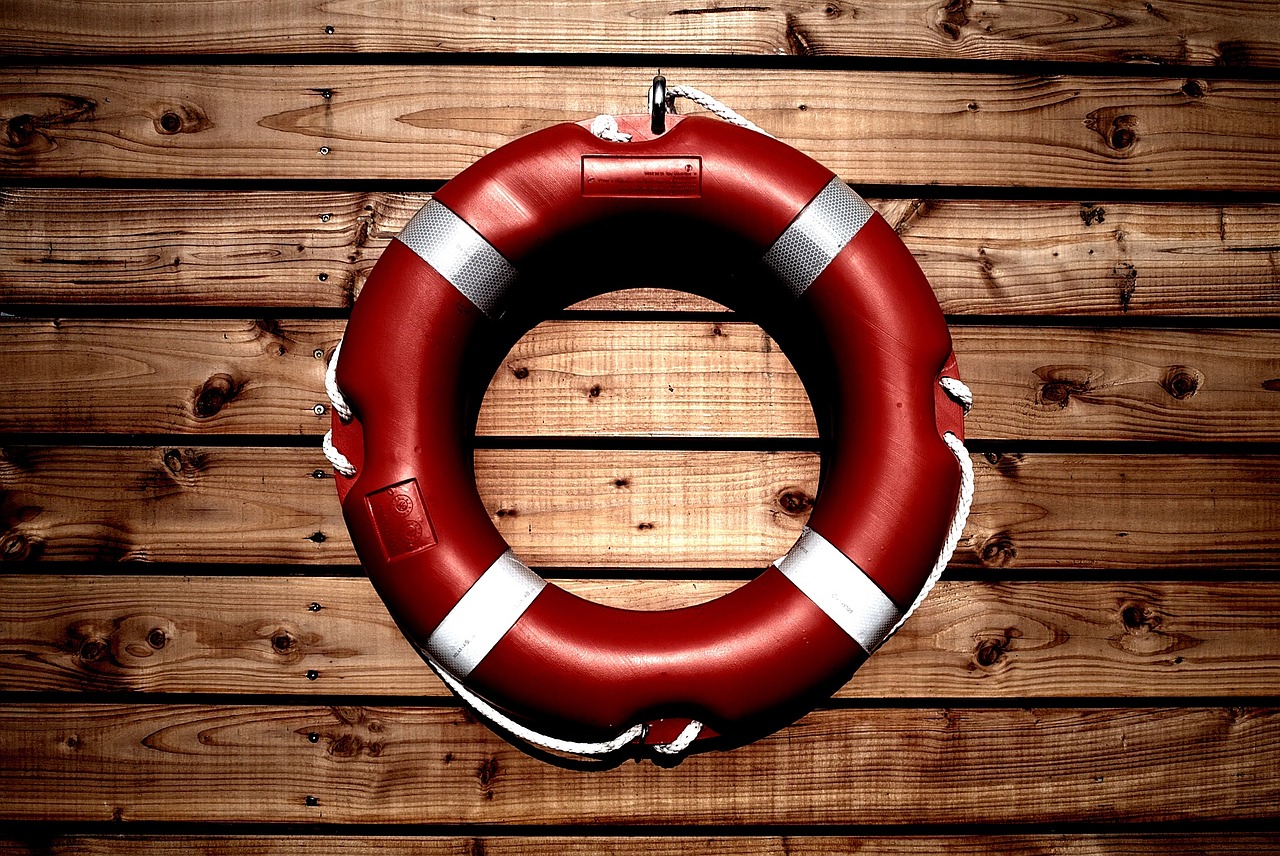
Whether you are boating on a small lake, or crossing oceans, there are things that you need to keep on hand, readily available and maintained up to date to help protect you, your crew and guests. As a sailor myself, there are things that I always had on board. These things are there to make sure that while out and about, we were protected!
While your type of sailing, boating or cruising may not require all these things, I hope that like me, you keep in mind that as the skipper, you are responsible for all on board, and this is a responsibility that is not taken lightly.
Flashlights or Lanterns
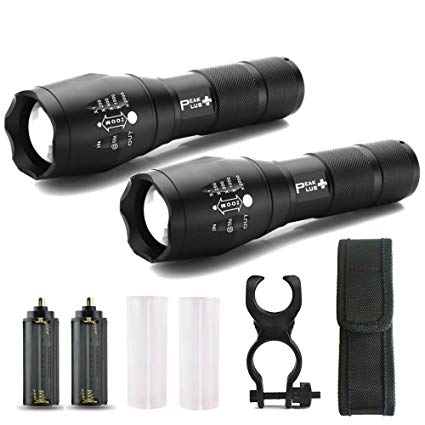 This may seem self explanatory, but I’m surprised how often some of us forget to make sure that we have at least two flashlights or lanterns on board our boats to make sure at night or in an emergency, we have some light!
This may seem self explanatory, but I’m surprised how often some of us forget to make sure that we have at least two flashlights or lanterns on board our boats to make sure at night or in an emergency, we have some light!
I always try to keep flashlights and other battery operated lighting on board that uses the same type of batteries. This way I don’t have to stock two or more battery types on board. As you know, boats are not like our home garage, and space is a premium.
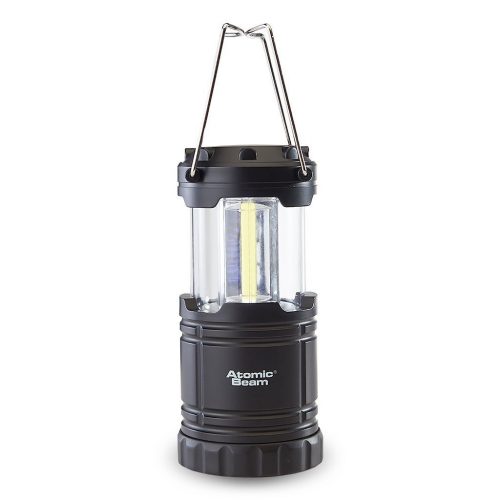 Led flashlights and lanterns are inexpensive enough and small enough to keep several on board just in case. Tactical flashlights are excellent to have, since the beam is adjustable, and they light a good distance from your position. They are also easy to see from a distance.
Led flashlights and lanterns are inexpensive enough and small enough to keep several on board just in case. Tactical flashlights are excellent to have, since the beam is adjustable, and they light a good distance from your position. They are also easy to see from a distance.
Lanterns, well, can’t say enough. If you have a small boat, or you lose power from your battery, lanterns can help at night, to work on engines or just to light up the cockpit or a cabin.
Good Quality Utility or Tactical Knife
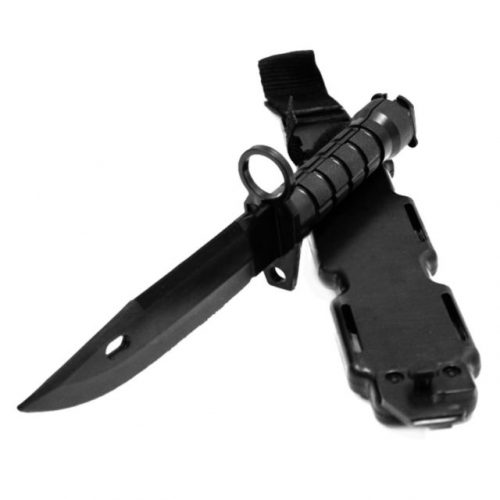 Sometimes, you get yourself into a bind, and say a line drops over the side, and unfortunately gets wrapped up in the propeller. That has Never happened to me!
Sometimes, you get yourself into a bind, and say a line drops over the side, and unfortunately gets wrapped up in the propeller. That has Never happened to me!
You are probably going to have to go over the side, and untangle the line, and this isn’t always a fun thing to do. Sometimes, you may be in water that is rough, or even dangerous.
Having a tactical knife on board, especially one you can use a wrist tie with, can be a life saver.
 Since I’ve done this at least Once! Having a like wrapped up or tangled, especially if you’re not in a place where you can perhaps take your time, can be cut with the knife quickly and safely.
Since I’ve done this at least Once! Having a like wrapped up or tangled, especially if you’re not in a place where you can perhaps take your time, can be cut with the knife quickly and safely.
Tactical knives come in handy for other safety reasons also, and I recommend that you have something like them on board at all times.
Flares and Flare Guns
Flares and Flare guns are available in many different styles, shapes and costs. In addition, you may have to follow certain boating rules and regulations depending on where you cruise. Keep that in mind, and check with the local Coast Guard Station for rules and recommendations in your area.
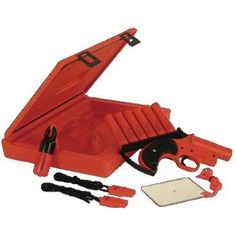 I’ve kept both flares and a flare gun, with only 3 flare rounds in the case. These come in waterproof cases, and you should keep them in a place that is easy to get to should you need them.
I’ve kept both flares and a flare gun, with only 3 flare rounds in the case. These come in waterproof cases, and you should keep them in a place that is easy to get to should you need them.
For instance, I store my flare gun kit in a locker in the cockpit of my boat. This way, I have it ready while out on deck, and I know where it is. While, standard flares are stored below, in a dry place and a water tight container.
Flare guns and standard water proof flares are used for different purposes, so keep that in mind, and always remember the need you have when using them.
Tools
Wow, I can not say enough about having the correct tools on board. I will be writing about tools you should have on your boat later, but for now, just say, a good general purpose tool kit should be on board at all times.
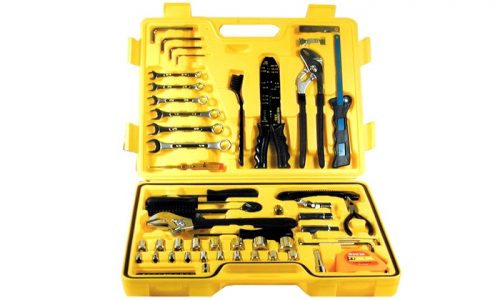 I’ve been out on both power boats and sailboats when things haven’t got, lets say, so well with something. The right tools and supplies help make the repair quick and painless.
I’ve been out on both power boats and sailboats when things haven’t got, lets say, so well with something. The right tools and supplies help make the repair quick and painless.
I remember one time, sailing out about 60 miles and having a wonderful day. On the return trip, the sun started to set, and after it got dark out, I had some kind of electrical problem. All my deck and navigation lighting failed. I was very glad that I had all the things on board I needed. Volt meter, wire cutters, screwdrivers, pliers, and extra supplies like wire and fuses.
The poor sailor who forgot his tool kit in his truck, and sailed off shore when his engine died is the guy we love to make fun of. Don’t be this guy, be prepared…
Life Jackets
Life jackets are required in every boating area in the US. You need to have approved vests and jackets on board for all your guests and yourself.
When I was much younger, a long time ago, we didn’t have too many options like we do today, but, non the less, keep a good selection on board to fit all the sizes and shapes you can imagine
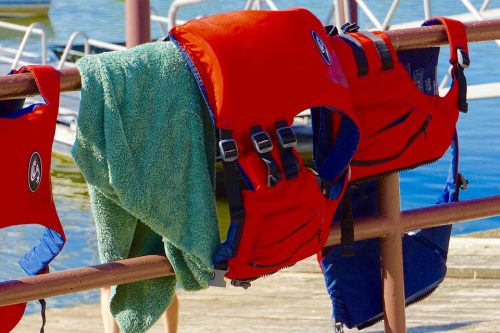 Many newer styles of life vests are much smaller, and easier to wear than the old fashion ones. you can wear it more comfortably should you wish while navigating in rough seas. I’ll admit, when things are calm, I never wear mine.
Many newer styles of life vests are much smaller, and easier to wear than the old fashion ones. you can wear it more comfortably should you wish while navigating in rough seas. I’ll admit, when things are calm, I never wear mine.
For those of you like me, and sail single handed, you’ll want to keep your life vest or jacket on, and a tether line attached connecting you to the boat. God forbid something happen and the seas get rough, you wouldn’t want to fall overboard only to watch your boat sail away without you, leaving you stranded.
When choosing jackets and vests, remember to include children into the mix. I don’t have children, but always kept Child safety jackets on board, just in case my friends wanted to bring their kids with us while out for a super fun day.
Good life jackets and vests are items you don’t want to cheap out on. Don’t think that because you saved some money, that you’re getting a good product. Read the reviews, and make sure that they are certified for use for your operation.
Hand Held Horn
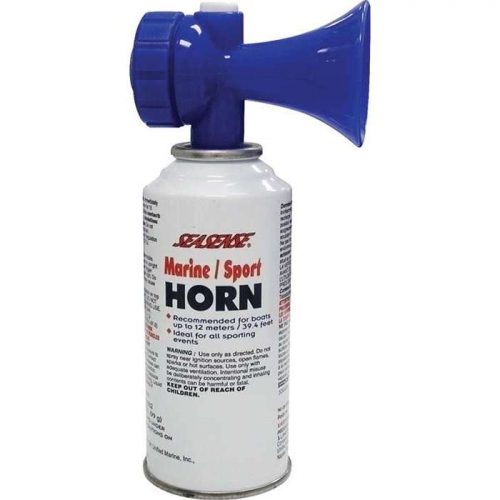
This may sound a bit funny, but having a small hand held horn is something that all boaters should keep around. While I always have a radio near me while sailing, their are many smaller boats out there, driven by weekend sailors who are not well equipped. Sometimes you want to get another boaters attention, and this is a good tools to keep aboard.
Additionally, it can come in handy should something go wrong, and you are unable to get ahold of anyone by radio. A few blows of the horn, and you may be able to get attention from another boater to come and assist you.
Life Raft (Depending on your adventures)
Admittedly, years ago when I sailed on Lake Ontario, a life raft was not something I would have ever considered. However, now that I’m down in Florida, and there are so many places to navigate to that are hundreds of miles away, a lift raft is a must.
The size of the raft should be taken into consideration when purchasing. You’ll want something that accommodates the number of people you typically travel with. Ease of use, and storage availability is another consideration.
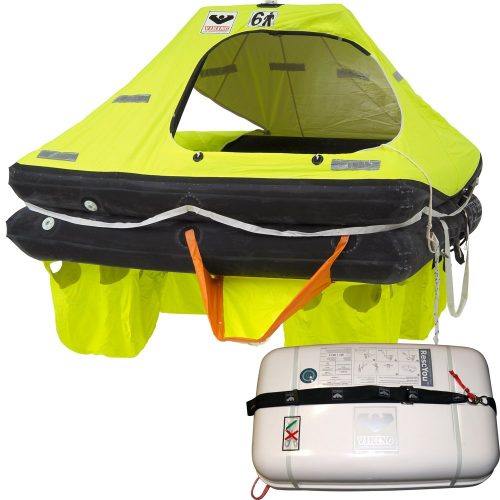
However, in an emergency, should something happen to your boat, such as a through haul joint failure resulting in your boat taking on too much water, a life raft is much better to have a life jacket or vest.
These life savers can inflate fast, and hold many people. Keeping all of you safe until help arrives. Of course, this is a last result, but I’ll admit that the older I get, the more safety conscious I’ve become.
If you are only boating on small lakes, canals or rivers, then this is not the investment that you should partake in. However, traveling from Miami to the Bahamas is a rather long journey of 85 miles, and the water can become unforgiving. For a purchase like this, please use your judgement, and prepare for the unimaginable.
Portable Handheld Marine Radio
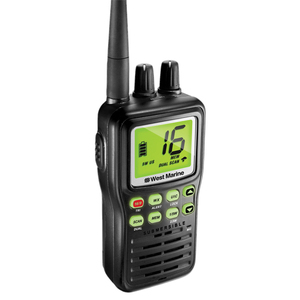 I have never owned a boat that did not have a marine radio on board. You should not do that either. Whether the radio controls are located inside the boat salon, at a nav station, or at the helm, know how to use it, because it is a tool to have should you need help.
I have never owned a boat that did not have a marine radio on board. You should not do that either. Whether the radio controls are located inside the boat salon, at a nav station, or at the helm, know how to use it, because it is a tool to have should you need help.
Additionally, I recommend that if you are traveling long distances across vast waterways, a portable radio is just as important.
If you purchase one, consider a unit that uses disposable batteries, similar to the batteries used in your flashlights and lanterns. This way, you can keep a good stash of batteries onboard that serve multiple uses.
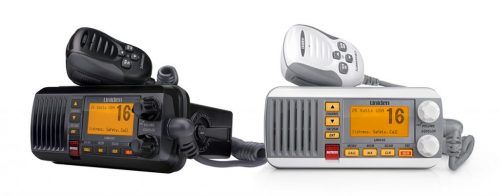 I think that as a sailboater, that never had a fixed radio control unit at my wheel or tiller, the use of a portable radio makes life easy. Should I need to contact a marina, draw-bridge operator, or contact another boater, I don’t have to leave the helm to do so. Power boaters don’t typically have this same issue, as many power boats are easily equipped with a main marine radio with a remote control microphone at a second helm.
I think that as a sailboater, that never had a fixed radio control unit at my wheel or tiller, the use of a portable radio makes life easy. Should I need to contact a marina, draw-bridge operator, or contact another boater, I don’t have to leave the helm to do so. Power boaters don’t typically have this same issue, as many power boats are easily equipped with a main marine radio with a remote control microphone at a second helm.
However, your handheld radio may come in handy in an emergency, as if you need to abandon your boat, the portable radio can come with you. That is why I consider this a must for any boater.
Emergency Medical Kit
This is very self explanatory. Stuff happens. You may cut yourself, get injured while trying to fix something, burn yourself cooking, or any other countless things that happen to us as we perform maintenance on our boats.
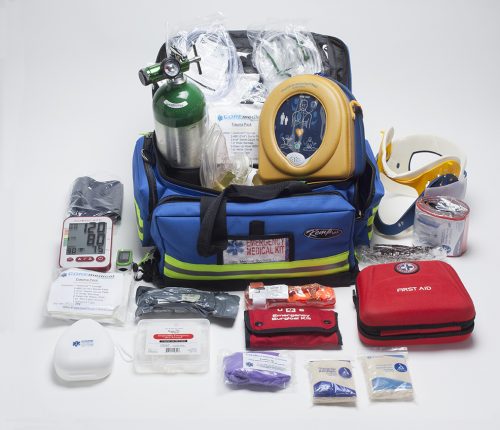 Having an emergency kit with the correct supplies makes easing the pain of an injury, long enough to seek help should we need.
Having an emergency kit with the correct supplies makes easing the pain of an injury, long enough to seek help should we need.
Bandages, tape, aspirin, etc. These its are invaluable when they are needed. Make sure that you keep them well supplied, and dispose of expired items and replacing them as needed.
And, now for the last thing you should have…
Emergency Overboard Kit
Think of this as a marine specific kit that you can keep in a handy location somewhere on the boat that you can grab and go.
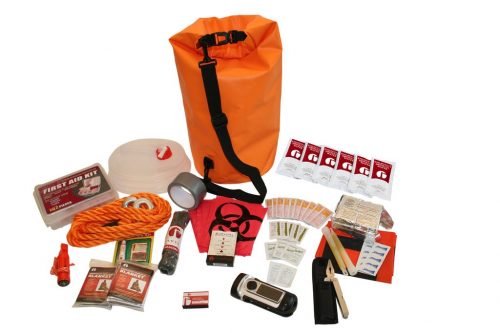 If for some reason, you have to use your life jackets or life raft and get off the boat, this kit has to come with you. It should be filled with all the things you will need to protect yourself, and seek help.
If for some reason, you have to use your life jackets or life raft and get off the boat, this kit has to come with you. It should be filled with all the things you will need to protect yourself, and seek help.
Things that should be located in this kit are medical supplies, flashlight, batteries, portable handheld radio, flares, fishing line and hooks, and some dried food supplies.
Even sunscreen. This is a must in an emergency kit.
You may not be able to fit it with fresh water bottles, however, keep those handy also, because you cannot drink seawater, and while you don’t need a lot of fresh water each day, you’ll have to include it somehow.
This kit doesn’t have to be very large, but you need to figure out how many people will need certain things over a period of time you could be out on a raft. While this may be overkill for some of you, and unnecessary for others, should you be planning a 500 mile journey, safety is the most important planning item cover.
I hope that these ten items make their way to your boat. Maybe not all ten if you don’t need them, but at least determine the things you should have based on your boating needs.
Thankfully, most boaters never have issues while out at sea or weekend navigating. However, any of these items are useful on their own, but together, create a security comfort level that will protect you and your family, and impress your friends and loved ones.
Happy Boating, and see you on the adventure!